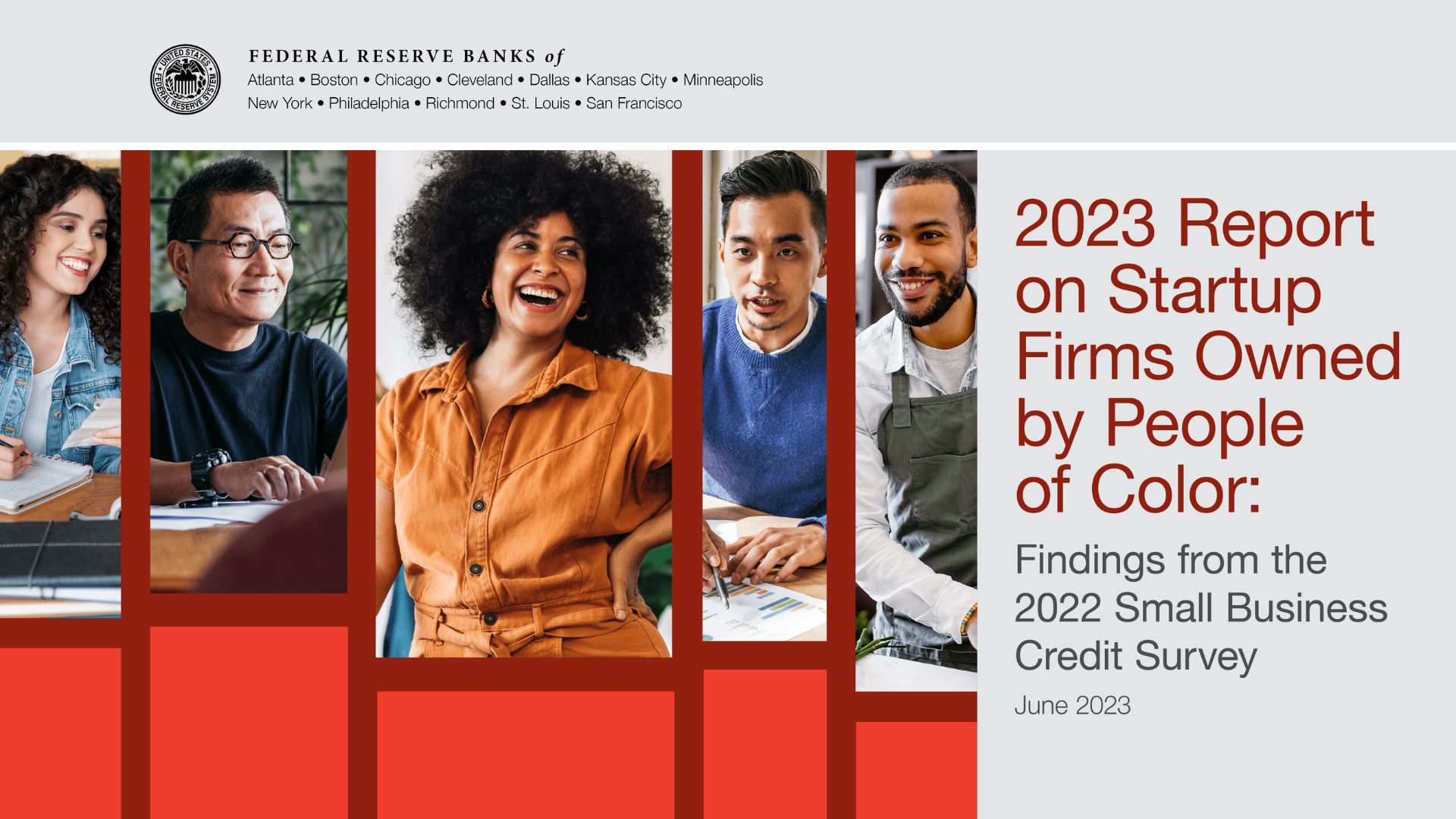The glass-half-empty view of starting a business is that it’s a tremendous challenge. It’s also risky. Half of small businesses do not survive their first five years. And the risks can get personal. Small Business Credit Survey (SBCS) data from the Federal Reserve show that once a business encounters financial challenges, the effects can spill over from the business into household finances. For young firms just starting, financial challenges are common. Many are unprofitable in their early years and earn smaller revenues than their established counterparts.
Of course, this is the pessimistic view on starting a business, and entrepreneurs are usually optimists.
From an optimistic viewpoint, half of businesses do survive at least five years. Many of these businesses start on shaky financial footing. It can take several years to turn a profit. Once the business establishes a steady clientele and builds the capacity to meet demand, it transitions from startup to growth mode.
More than half of Black-owned businesses are young firms
Firms owned by people of color are often very young and likely navigating the challenges associated with building a business. Data from the 2022 SBCS on employer firms, or those that have at least one employee other than the businesses’ owners, show that 57% of Black-owned firms, 42% of Hispanic-owned firms, and 40% of American Indian- or Alaskan Native-owned small businesses started in 2020 or later. In contrast, just 18% of white-owned firms started during the same period.
Note: Data used to weight race and ethnicity of employer firm ownership are derived from the US Census Bureau’s 2020 Annual Business Survey.
Small businesses launched during the pandemic era faced unusual start-up conditions
Understanding the challenges facing pandemic-era startups (firms that started in 2020 or later) and how owners fund their businesses is important given their contributions to economic activity. These firms started during a period of unusual economic uncertainty. Many pandemic-era startups were not eligible for pandemic-related financial assistance programs, like the Small Business Association’s (SBA) Paycheck Protection Program, that provided some businesses with the capital needed to survive.
As noted earlier, many of the startup firms that launched during the COVID-19 pandemic were firms owned by people of color. More than a quarter of all startups are owned by people of color—a share that may have grown throughout the pandemic. Data from the Current Population Survey, led by the US Census Bureau and US Bureau of Labor Statistics, show that the number of self-employed people of color increased 13% between January 2020 and early 2023.
The 2022 Federal Reserve Small Business Credit Survey found that more than a quarter of all startups are owned by people of color.
For many of these startups, external funding is critical to the success of the business. The 2023 Report on Startups Owned by People of Color shows that startups of color often are funded through the owner’s personal funds or funding from friends and family. However, research from the JP Morgan Chase Institute finds that white business owners tend to have more cash on hand than Black or Hispanic business owners when starting their businesses. With fewer funds of their own, business owners of color may need to turn to a financial institution to fund their firms.
Explore the sources
Firms owned by people of color report less approval for financing than white-owned firms
The latest SBCS report provides valuable insight. Startups owned by people of color were 20 percentage points less likely than white-owned startups to fund themselves through a financial institution or lender. Startups of color are just as likely to apply for loans, lines of credit, and merchant cash advances. However, they are significantly less likely than white-owned startups to be fully approved when they do apply. When factoring in profitability or credit risk, the report shows that gaps in financing from lenders persist.
Among SBCS respondents, one Black small business owner highlighted the challenges of leading a startup relying on personal funds while trying to get financing from lenders. The Georgia-based business owner wrote, “[It is] very hard to obtain business funding as a startup. My personal credit is excellent (I have no late payments) but trying to fund a new business by personal funds is hard to maintain while waiting for the business to obtain clientele. Now I can’t obtain business funding because I used my personal credit to pay for operating or working capital to fund my business and I have too much debt to qualify for funding for the business.”
Gaps in access to financing
Gaps in access to financing by race and ethnicity are common among startups, but these gaps also apply to established businesses. The SBCS consistently shows that firms owned by people of color are less likely than white-owned firms to be approved for financing.
The 2023 Firms in Focus Chartbook on Firms by Race and Ethnicity of Ownership highlights data for more detailed race and ethnicity categories across employer firms of all ages. These include data on American Indian- or Alaskan Native-, Asian-, Black-, Hispanic-, and white-owned firms. The data and previous SBCS reports show white-owned firms are more likely than firms owned by people of color to be fully approved for financing.
In fact, about half of Black-owned firms (51%) said credit availability was a financial challenge facing their business, compared to a quarter of white-owned firms.
Many firms owned by people of color are startups seeking to expand. Approximately 67% and 63% of Black- and Hispanic-owned businesses that applied for financing, respectively, said they did so to expand, compared to 52% of white-owned businesses.
The cohort of startups of color in the 2022 SBCS launched in a pandemic-era economy with many financial and operational challenges. In the survey’s open-ended comments, while some respondents expressed satisfaction with the direction of their firms, many noted the hardships associated with accessing capital. Reflected one respondent, “It shouldn’t be this hard.”
For more research on small businesses, previous Reports on Firms Owned by People of Color, and chartbooks by business and owner characteristics, visit fedsmallbusiness.org.












